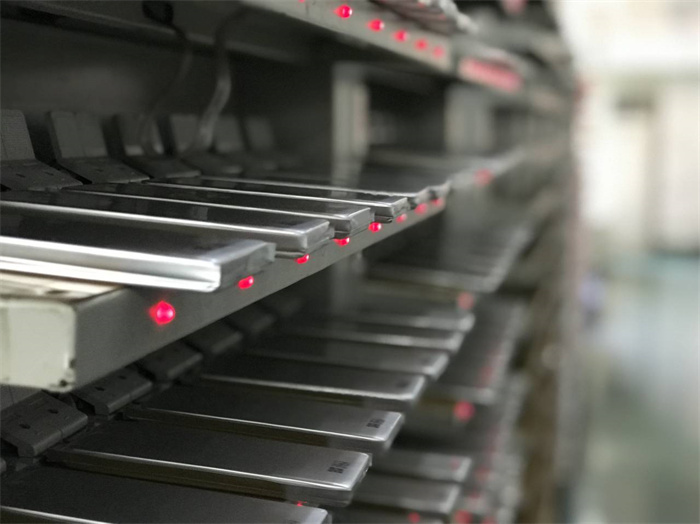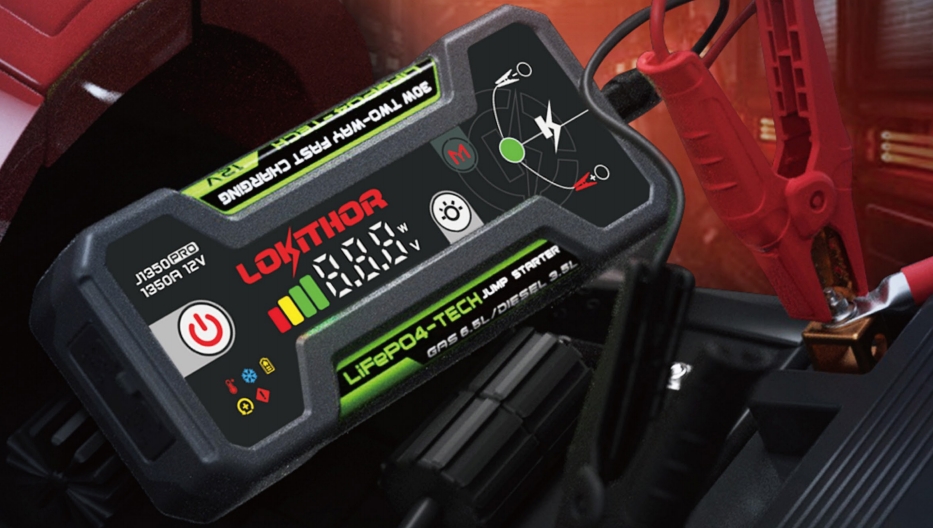What is Inconsistency in the Battery Packs? And how to solve it?
When used as a power source for drones, RC portable medical equipment, etc., the single lithium battery cannot meet the requirements of the high power and large capacity requirements, which leads it to be combined in series and parallel before being used. However, the inconsistency between the single cells often causes problems such as excessive capacity decay and the short life of the battery pack during the cycle. Choosing batteries with as consistent performance as possible for grouping is of great significance to the popularization and application of lithium-ion battery batteries in high-voltage and high-capacity batteries. Complete consistency in the battery pack is almost non-existent. What we can do is to minimize the inconsistency as much as possible. Here is to talk about what the inconsistency is and its causes and solutions.
About inconsistency
Definition of inconsistency
The inconsistency of lithium-ion battery packs refers to the fact that there are certain differences in parameters such as voltage, capacity, internal resistance, life, temperature influence, and self-discharge rate after single cells of the same specification and model form a battery pack. After the single battery is manufactured, there is a certain difference in the initial performance itself. With the use of batteries, these performance differences continue to accumulate. At the same time, because the use environment of each single battery in the battery pack is not exactly the same, it also causes the inconsistency of the single battery to gradually enlarge, thereby accelerating the degradation of battery performance, and finally causing The battery pack fails prematurely.
Performance of inconsistency
The inconsistency of lithium-ion(li-ion) batteries is mainly manifested in two aspects: the difference in battery cell performance parameters (battery capacity, internal resistance and self-discharge rate, etc.) and the difference in battery state of charge (SOC). According to research findings, the SOC change rate of a battery with a small capacity is faster than that of a battery with a large capacity, and the cut-off voltage is reached faster during charging and discharging.
Causes of inconsistency
There are many reasons for the inconsistency of li-ion batteries, mainly in the manufacturing process and the use process. Every aspect of the manufacturing process, such as the uniformity of the slurry during the batching, the control of the areal density and surface tension during coating, etc., will cause a difference in the performance of the single cell. In addition, the difference of the location, temperature, or the performance degradation of each single cell in the battery will amplify the inconsistency of the cells.
Ways to improve battery consistency
Control of the production process
The control of the production process is mainly carried out from two aspects: raw materials and production processes. In terms of raw materials, try to select the same batch of raw materials to ensure the consistency of the particle size and performance of the raw materials. In the production process, the entire production process must be strictly controlled, such as ensuring that the slurry is evenly stirred and not placed for a long time, controlling the speed of the coating machine to ensure the thickness and uniformity of the coating, checking the appearance of the pole pieces that then are weighed and classificated, controlling the injection volume, formation, volume separation, storage conditions, etc.
Control of the configuration process
The control of the assembly process mainly refers to the sorting of batteries. The battery pack adopts batteries of uniform specifications and models, and the voltage, capacity, internal resistance, etc. of the batteries must be measured to ensure the consistency of the initial battery performance.

Intelligent Grading of Grepow lithium battery (Source: Grepow)
And the difference in internal resistance results in a large difference in the voltage platform of each cell during the charging and discharging process of the battery pack. Experts studied the influence of the discharge rate on the consistency of the battery configuration and found that: with the increase of the discharge rate, the inconsistency of the battery is amplified, which can achieve the effect of eliminating bad batteries.
Control of the use and maintenance process
Monitor the battery in real time. The consistency of the battery is screened when the battery is assembled, which can ensure the consistency of the battery in the initial stage of use. The battery is monitored in real time during use, and consistency problems during use can be observed in real time. Through real-time monitoring, the extreme parameter battery can be adjusted or replaced in time to avoid the inconsistency of the battery pack from expanding over time.
Lithium-ion battery matching methods
Voltage matching method
The voltage matching method can be divided into static voltage matching method and dynamic voltage matching method. The static voltage matching method is also called the no-load matching method. It does not carry a load and only considers the battery itself. It measures the self-discharge rate of the fully charged state of the selected single battery after tens of days of standing and the different storage periods in the fully charged state. The open-circuit voltage of the internal battery. It is understood that this method is the easiest to operate, but it is not accurate. The sdynamic voltage matching method examines the voltage situation with load, but it does not take into account factors such as load changes, so it is not accurate.
Static capacity allocation method
Charge and discharge the battery under the set conditions, calculate the capacity from the discharge current and discharge time, and group the batteries according to the capacity. This method is simple and easy to implement, but it can only reflect that the battery has the same capacity under certain conditions, and cannot explain the complete working characteristics of the battery, and has certain limitations.
Internal resistance matching method
The main consideration is the internal resistance of the single battery. This method can achieve rapid measurement, but because the internal resistance of the battery changes with the progress of the discharge process, it is difficult to accurately determine the internal resistance.
Multi-parameter matching method
At the same time, considering the capacity, internal resistance, voltage, self-discharge rate, and other external conditions to comprehensively evaluate the battery, the battery pack with better consistency can be sorted. However, the premise of this method is that the single-parameter sorting must be accurate and time-consuming.
Dynamic characteristics matching method
The dynamic characteristic grouping method uses the charge and discharge characteristic curve of the battery to sort the batteries for grouping. The charge and discharge curve can reflect most of the characteristics of the battery, and the use of the dynamic characteristics matching method can ensure the consistency of various performance indicators of the battery. There are many data in the dynamic characteristics matching method, which is usually realized by the cooperation of computer programs. In addition, this method reduces the battery pack utilization rate, which is not conducive to the reduction of battery cost. The determination of the standard curve or reference curve is also a difficult point in its implementation.
Conclusion
(1) The reasons for the inconsistency of the battery packs are mainly in the processes of manufacturing and the use.
(2) The measures to improve battery consistency mainly include the following three aspects: strict control of the production process in terms of raw materials and production processes; more scientific sorting methods are adopted, and batteries with consistent initial performance are selected as much as possible for grouping; during the process of battery use and maintenance, the battery should be monitored in real time, and the maintenance of the battery pack must be strengthened at the same time.
(3) When the battery is assembled, the single-parameter arrangement method does not have practical application value due to too few factors considered. The multi-parameter matching method and the dynamic characteristic matching method are relatively comprehensive. In addition, more methods such as the electrochemical anti-spectrum method have also made certain progress.
Related articles:
1.Battery Pack Cell Voltage Difference and Solution Part 1 | Battery Monday
2.Battery Pack Cell Voltage Difference and Solution Part 2 | Battery Monday
If you feel like to learn more about lithium batteries, follow us and we will share more in the following ways:
Grepow official website: https://www.grepow.com/
Grepow Facebook: https://www.facebook.com/grepowbattery
Grepow Linkedin: Grepow Battery
Grepow YouTube: Grepow Battery
Related Articles
-

The Ultimate Guide to Grepow Jump Starter
2025-03-27 -

How to Choose Lithium Batteries for Cold Weather?
2024-09-19 -

Next-Generation eVTOL Battery Technology
2024-08-22

















































